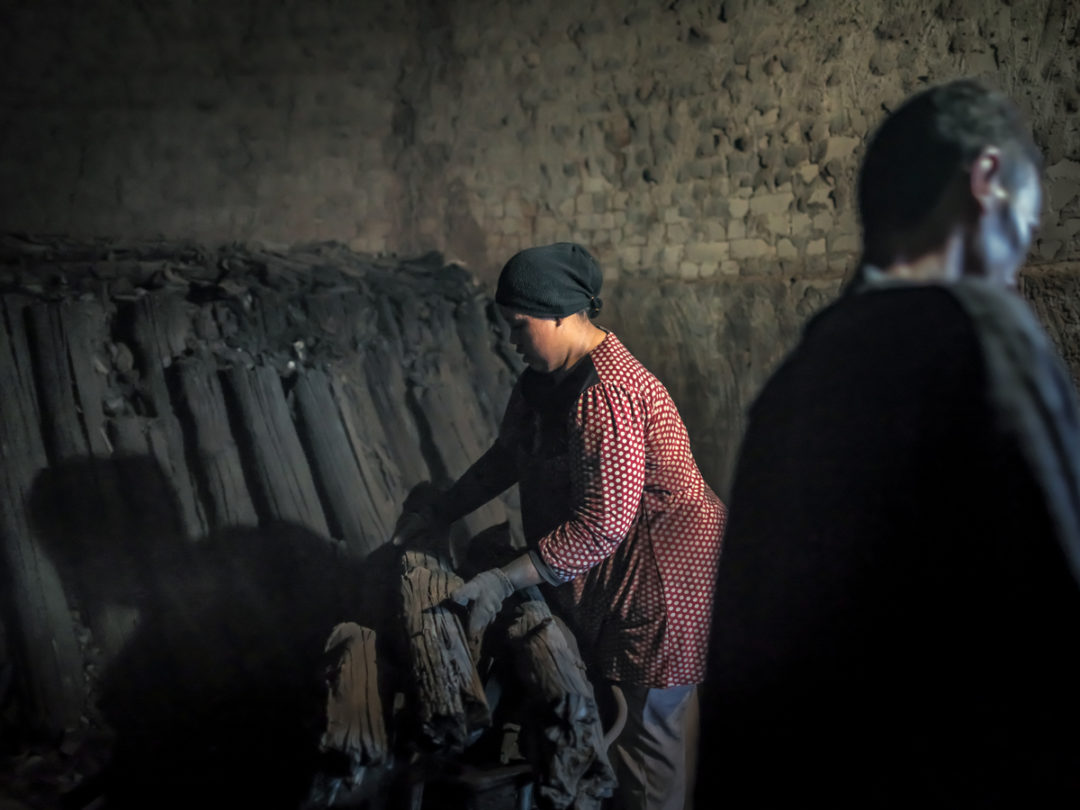
Visit Our Sponsors |
|
|
|
|
|
|
|
|
|
|
|
|
|
|
|
|
|
|
|
|
|
|
|
|
|
|
|
|
|
|
|
|
|
|
|
|
|
|
|
|
|
|
|
|
|
|
|
|
|
|
|
|
|
|
|
|
|
|
|

“For me, there are two very important anthropological concepts,” says Patrick Friesen, speaking Spanish with a thick accent. He is a descendant of protestant Mennonites who left Europe to found agricultural colonies in the arid region of the Paraguayan Chaco; he is also the communication manager of Chortitzer, one of the three large Mennonite cooperatives that dominate the economy of this inhospitable part of the country.
“The first [concept] is that people from the north[ern hemisphere] need to stockpile. They work from sunrise to sunset, investing, so they can survive the winter. But a person from the south, to put it crudely, can sit under a mango tree and wait for a mango to fall on his head. Nature provides security,” he says, differentiating what he believes to be the mental maps of the Mennonites and the indigenous peoples who have been living together in the Chaco for a century.
Formed by dry forests resistant to drought and scalding temperatures, the Chaco occupies more than half the land in Paraguay. Over the past decade, cattle farming in this region has grown rapidly and it now has 43 percent of the country’s livestock population, and is increasingly becoming the crucible of Paraguay’s growing export industry, selling soybeans, meat and leather to the rest of the world.
But as Paraguay’s export market develops and the country becomes a bigger player in the international market, the darker side of the Chaco region is coming into focus, with reports of illegal deforestation and slave labor among the indigenous population.
So far only one case has actually resulted in a conviction. In November 2016 on a farm called Estância Ruroka, government inspectors found 35 people working and living in inhumane conditions on a farm in the department of Boquerón, near the border with Bolivia.
RELATED CONTENT
RELATED VIDEOS
Timely, incisive articles delivered directly to your inbox.


